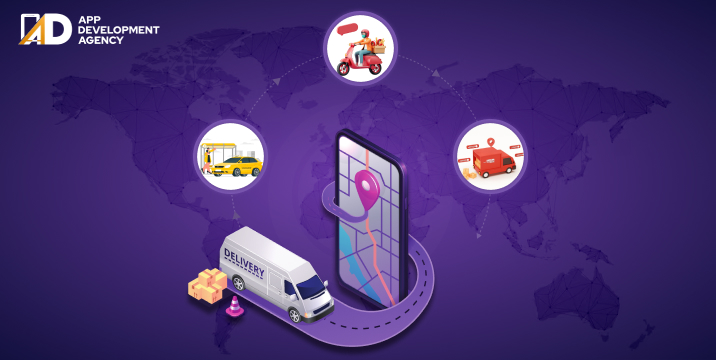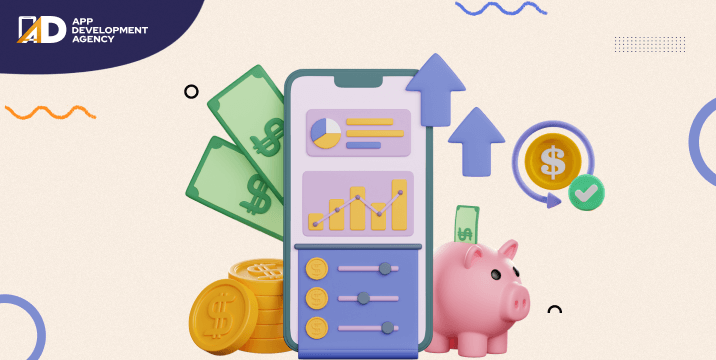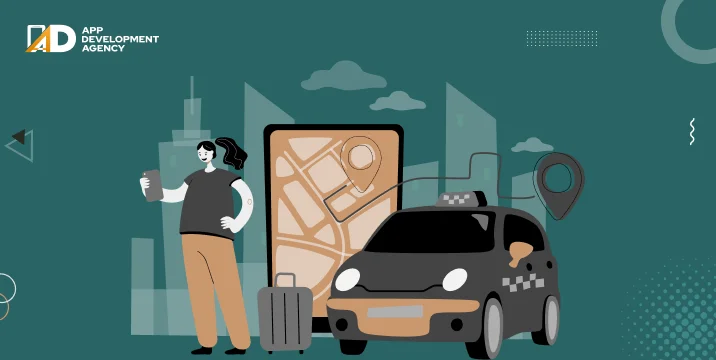On-demand delivery for food or any other business requires customers to provide pick-up and drop-off locations. Then users can select the pick-up time option and set it to less than an hour to have it immediately. Such on-demand food delivery apps will then connect the consumer to their available fleet to assist them in their needs. Once a driver confirms, you’re all set, the delivery is on the way!
On the supply side, businesses are looking at smart food production. Food technology is starting to revolutionize the way we produce food, from 3D printing to synthetic meat. The local food production – the vertical farm is shifting the agriculture from rural locales to high-tech urban indoor farms. Swiped off with a wave of technologies such as the Internet of Things and Blockchain who are transforming supply systems, it is now even easier to enable both efficiency and transparency. It is now possible to track the location and temperature of the product in real-time, providing transparency over the entire supply chain.
Technologies such as virtual and augmented reality and near real-time video streaming are creating new experiences for consumers. The rise of the platform is creating opportunities for food providers, allowing them with new ways to connect with their consumers.
As the delivery of restaurant meals to home, to work or to a place where you prefer has risen drastically in recent years (excluding the Lockdown due to Pandemic time-period), almost one-third of consumers are now making use of a restaurant or meal delivery service, and 7% of consumers get delivery once a week. This pattern is driven by the expansion of online-delivery platforms that provide consumers with greater choice and convenience. Restaurant-to-consumer delivery grew 14% in the Asian sub-continent during the 2019 year alone.
There is three major food delivery (start-up) models actively ruling the online food delivery market – The Aggregate Model and the Food Delivery App with Logistics support.
The cost to build a food-delivery platform might vary according to the features and market demands. But the various categories can be generalized and the cost can still be roughly estimated:
Basic Food delivery service app such as those with minimal features and simple user interface can cost up to $10,000 for development. Such apps also do not incur any post-development maintenance costs. Pricing/features should always be considered while considering such millennial food delivery apps.
Millenials food delivery app with advanced features has many functions integrated like UI/UX, support for tables, payment gateway integration, social media integration, and navigator, push notifications etc. That might range within $10k – $20k.
Complex food delivery apps that include audio/video processing, real-time tracker, custom graphics, third-party API integrations, server backend with multiple databases, offline local cache etc. can cost anything above $20K.
After rounding-off, roughly the revenue generated by the online food delivery segment amounts to the US $140K (through 2020). As the Food Delivery Market Share increments at 7.5%, this will eventually lead the market volume to rise to US$182,327 by 2024. Platform-to-Consumer-Delivery is the largest market segment with a market volume of US$70,741 (through 2020).
The online food delivery solutions market contains the user and revenue development of two separate delivery service solutions for prepared/processed meals:
(1) Restaurant-to-Consumer Delivery
(2) Platform-to-Consumer-Delivery
Food sold via the online food delivery marketplace generates the revenue that includes the gross merchandise value (GMV) which is also defined as the total sales dollar value for merchandise/food.
The Restaurant-to-Consumer Delivery segment includes the delivery of meals carried out directly by the restaurants. Such kind of order can be made by the platforms (e.g. Delivery Hero, Just Eat, Zomato, Uber Eats, Grub Hub, Postmates etc.)
The Platform-To-Consumer Delivery market segment focuses on online delivery services that provide customers with meals from partner restaurants that do not necessarily have to offer food delivery themselves. The food delivery service providers like Deliveroo handles the delivery process. These do not include the orders by telephone, unpacked food items for immediate consumption as well as non-processed or non-prepared food (e.g. Hellofresh etc.)
Best app development companies are framing mobile app delivery models for on-demand food delivery businesses via technology to enable businesses to better fulfilling consumer preferences. While it especially applies in the case of myriad complex dietary requirements of the consumer, the mobile apps and health trackers are making people more aware of the food they consume. As they shape their preferences and there is an increased responsibility on the shoulders of restaurateurs to provide open information about the nutrition and provenance of food.

For every average and middle-class individual, their owned cars are a major expense to them. The expense does not only mean purchasing an expensive vehicle, but it is also about the recurring expenses after making the car purchase; such as repair, maintenance, fuel cost, monthly car payment, car insurance, etc. What if we tell you …
Continue reading “Best Driving Apps to Make Money in 2024”
Read More
Story Time: It’s the last of the month… and you have a low balance in your bank account. You need money to pay off an EMI, but salary payday is still two days ahead. Sounds like skating on thin ice… Right? That’s where cash advance apps like Possible Finance come into the picture. ‘Cash Advance …
Continue reading “21 Top Apps like Possible Finance to Get Instant Money in 2024”
Read More
Is the ridesharing industry saturated now? No doubt there are already a lot of best ridesharing apps globally. However, as per Statista, the leading research site, the ridesharing market is expected to grow at 22.13% annually and reach $226 billion dollars by 2028. The numbers are crazy, and to further prove our point – Arro, …
Continue reading “14 Best RideShare Apps in 2024”
Read More